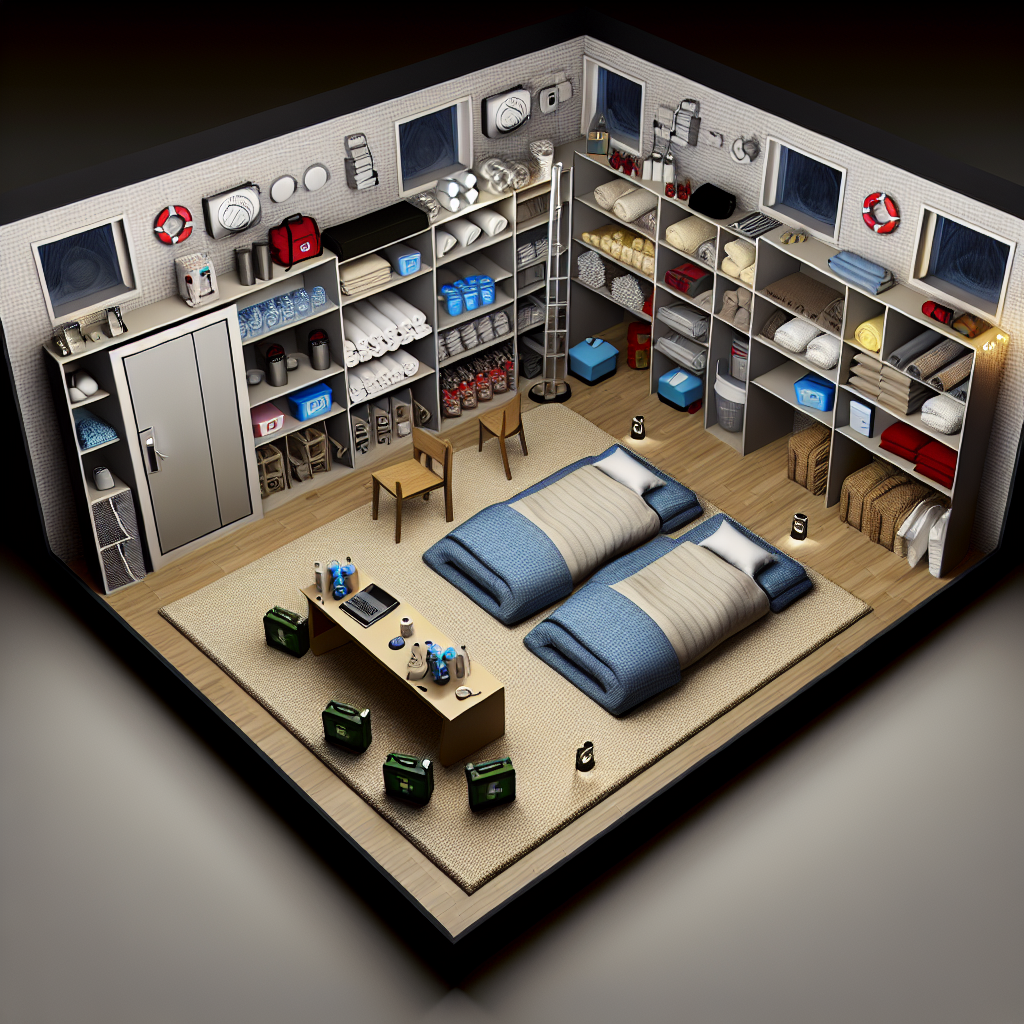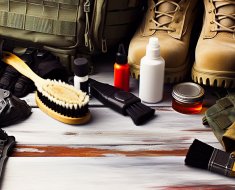How to Set Up a Safe Room in Your House

In an unpredictable world where natural disasters, home invasions, and other emergencies can occur without warning, having a safe room in your house offers invaluable peace of mind. A safe room is a secure space designed to protect you and your loved ones during critical situations. Whether it’s a tornado, earthquake, or an intruder threatening your safety, a well-prepared safe room can be a literal lifesaver.
This comprehensive guide will walk you through the process of setting up an effective safe room in your home. From choosing the right location and reinforcing structural elements to equipping it with essential supplies, you’ll learn everything necessary to create a secure refuge that meets your family’s needs.
Understanding the Purpose and Benefits of a Safe Room
Before diving into construction and setup details, it’s important to understand what exactly a safe room is and why it matters.
- Protection from Natural Disasters: According to the National Oceanic and Atmospheric Administration (NOAA), over 1,200 tornadoes strike the United States annually. A safe room built to FEMA guidelines can provide protection from extreme winds and flying debris during such events.
- Defense Against Home Intrusions: The FBI reported approximately 1.4 million burglaries in the U.S. in recent years. A reinforced safe room offers a secure place to hide while awaiting help.
- Peace of Mind: Knowing that you have a dedicated refuge can reduce anxiety about emergencies, particularly for families with children or elderly members.
- Versatility: Safe rooms can serve multiple purposes — from storm shelters to panic rooms or even secure storage for valuables.
Studies indicate that homes equipped with safe rooms significantly increase survival rates during violent storms and intrusions. For example, FEMA reports that properly constructed safe rooms withstand winds exceeding 250 mph and flying debris impacts that would destroy standard building materials.
Selecting the Ideal Location for Your Safe Room
The first step in creating your safe room is selecting the optimal location within your home. Several factors should guide this decision:
- Structural Integrity: Choose an interior room without windows or exterior walls whenever possible. Basements are often ideal due to their natural protection against wind and debris.
- Accessibility: The room should be easily accessible from common areas such as bedrooms or living spaces so family members can reach it quickly during emergencies.
- Size Considerations: Ensure the space is large enough to accommodate all household members comfortably along with necessary supplies.
- Avoid Hazardous Areas: Do not select rooms near gas lines, electrical panels, or other hazards that could worsen conditions during an emergency.
A popular choice for many homeowners is converting a closet or walk-in pantry into a safe room by reinforcing walls and installing secure doors. If building a new structure is possible, dedicating a reinforced concrete or steel-reinforced room near the center of the house can maximize protection.
Reinforcing Your Safe Room: Materials and Construction Techniques
The effectiveness of your safe room depends heavily on its structural strength. Here are key considerations when reinforcing walls, doors, and ceilings:
- Walls:
- Concrete Reinforcement: Use reinforced concrete blocks with steel rebar for superior impact resistance.
- Steel Plates: Adding steel sheets between wall layers enhances protection against forced entry and debris penetration.
- Cement Board Layering: Cement boards offer fire resistance and improve wall durability when layered properly.
- Doors:
- Ballsitic-Rated Steel Doors: Invest in doors rated for forced entry resistance; these often come with multi-point locking systems.
- Panic Hardware: Installing panic bars ensures quick exit if necessary while maintaining security from outside threats.
- Door Frames: Reinforce door frames with steel plates or heavy-duty metal frames anchored into surrounding walls for maximum strength.
- Ceilings and Roofs:
- Cement Board or Concrete Slabs: Use similar materials as walls to protect against falling debris during tornadoes or earthquakes.
- Tie-Downs and Anchoring Systems: Secure ceilings firmly to walls using hurricane clips or straps to prevent uplift during high winds.
The Federal Emergency Management Agency (FEMA) provides detailed guidelines (FEMA P-361) for constructing residential safe rooms designed to resist extreme weather events. Consulting these resources ensures your safe room meets proven standards of safety and durability.
Equipping Your Safe Room: Essential Supplies and Communication Tools
A fortified space alone isn’t enough; you must also prepare your safe room with supplies that sustain occupants until help arrives or danger passes. Consider including the following items:
- Emergency Food & Water Supplies:
- Bottled water
- Bottled water






